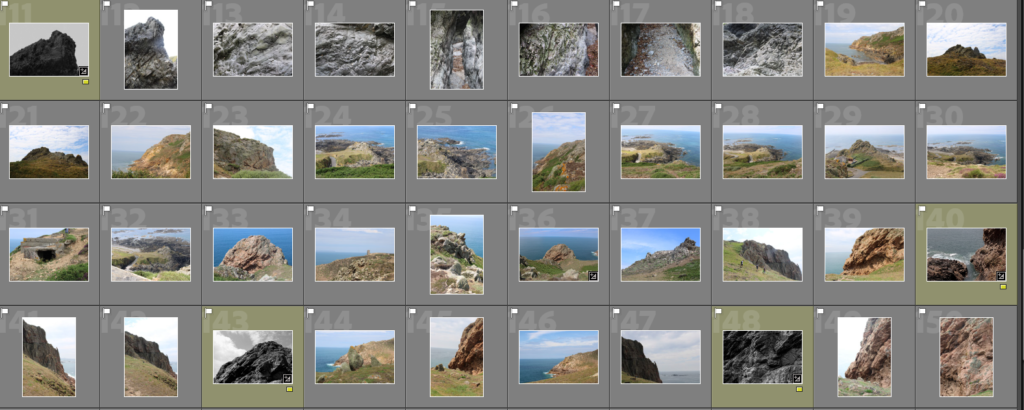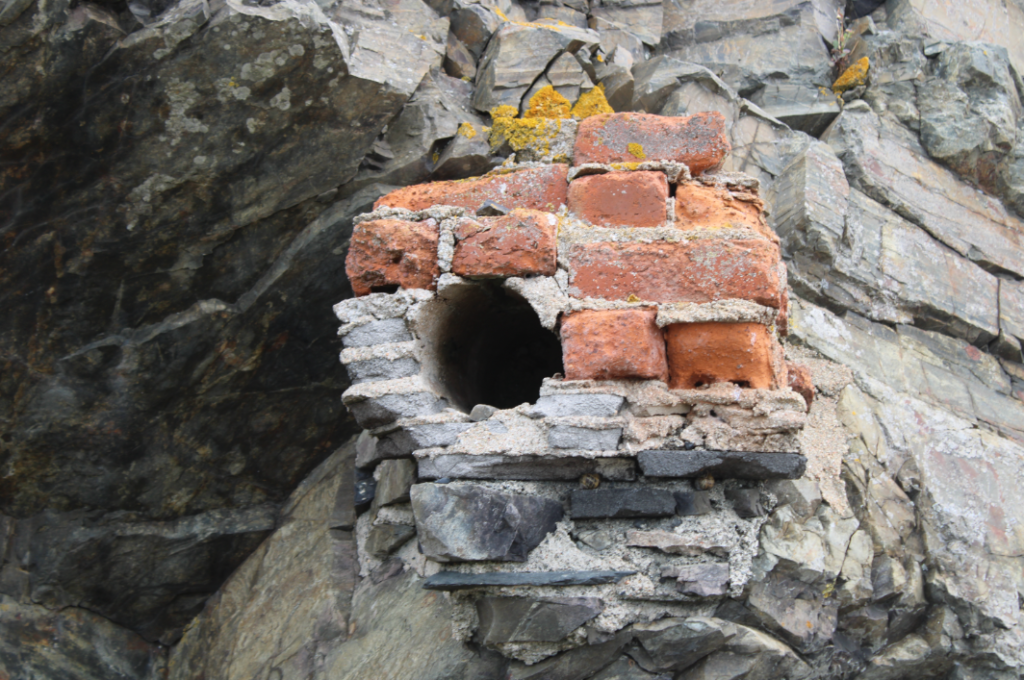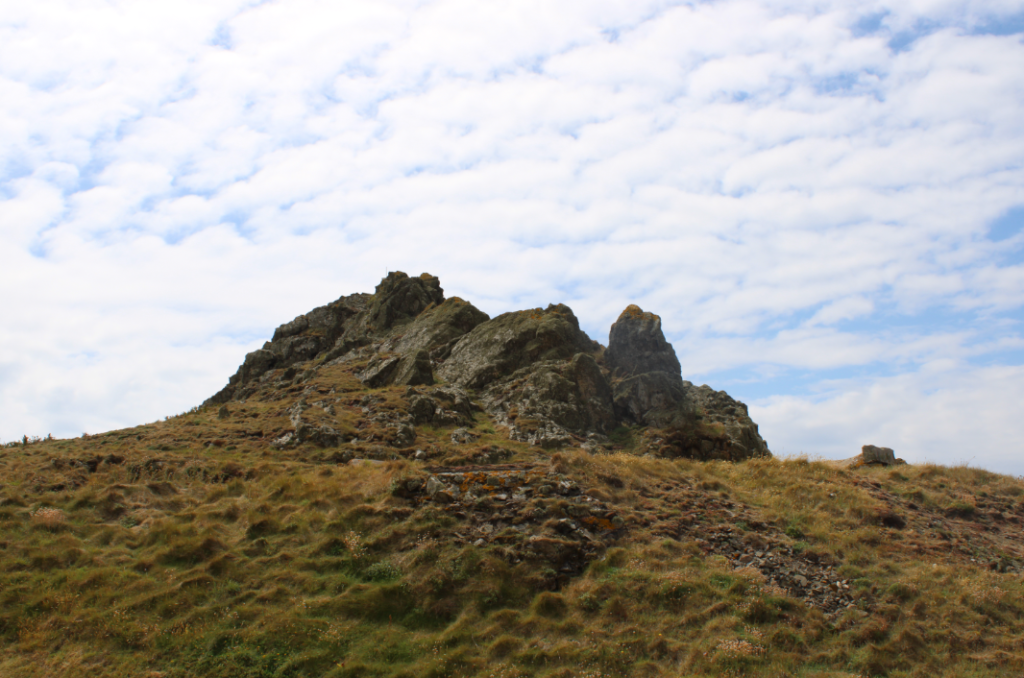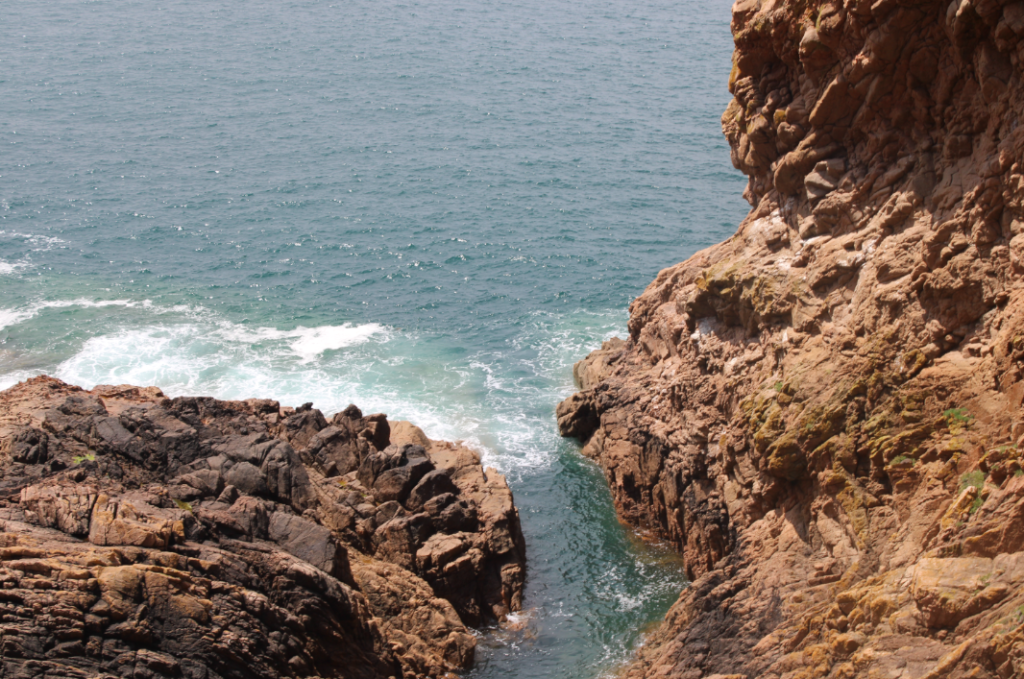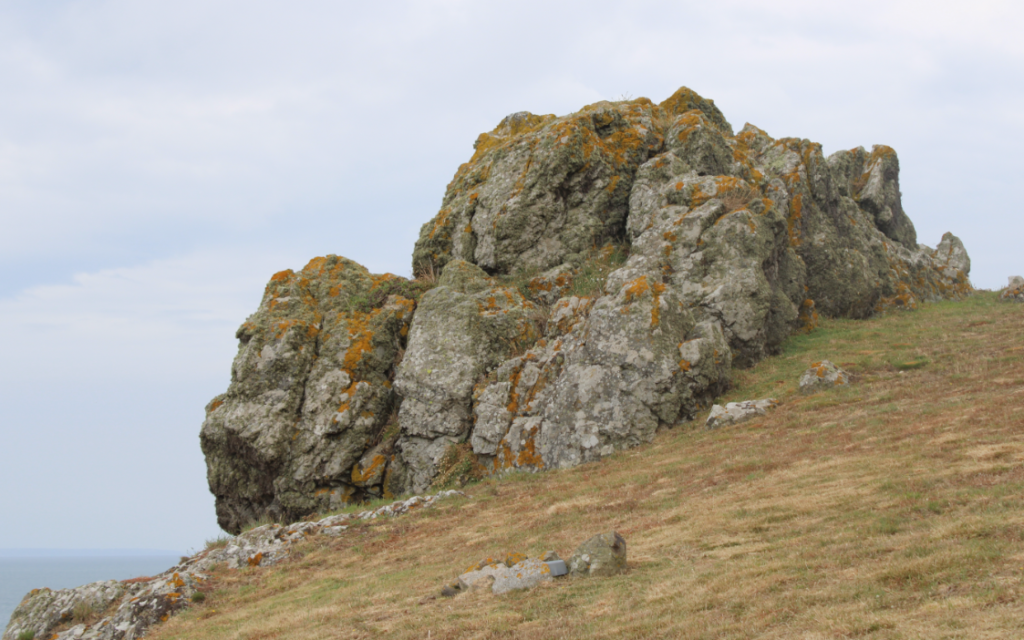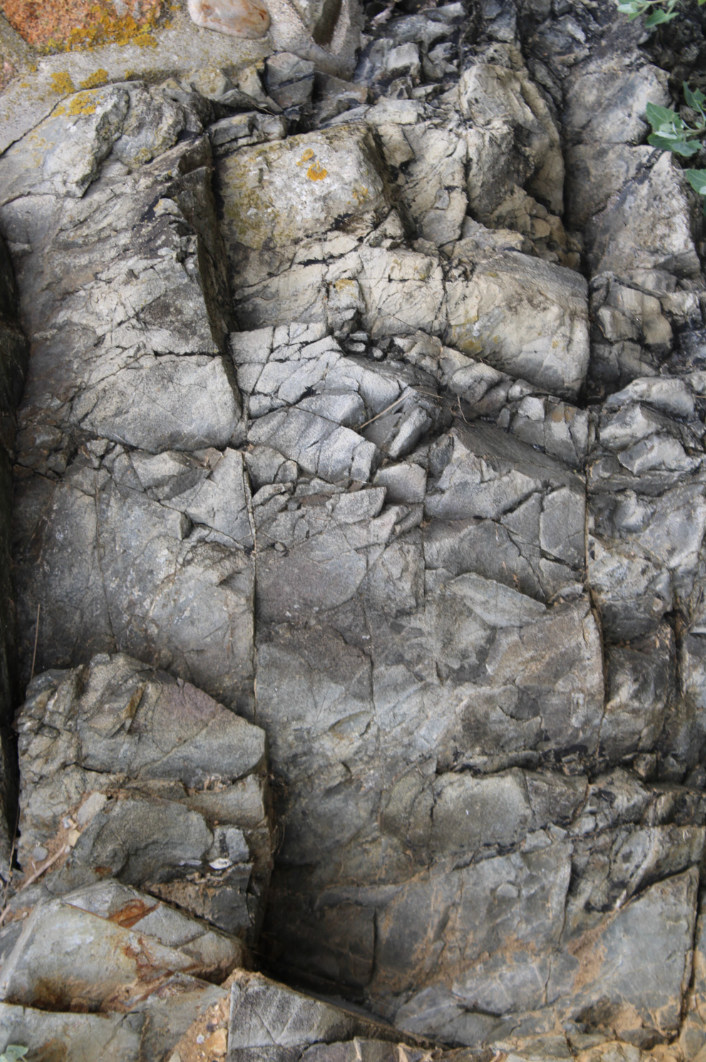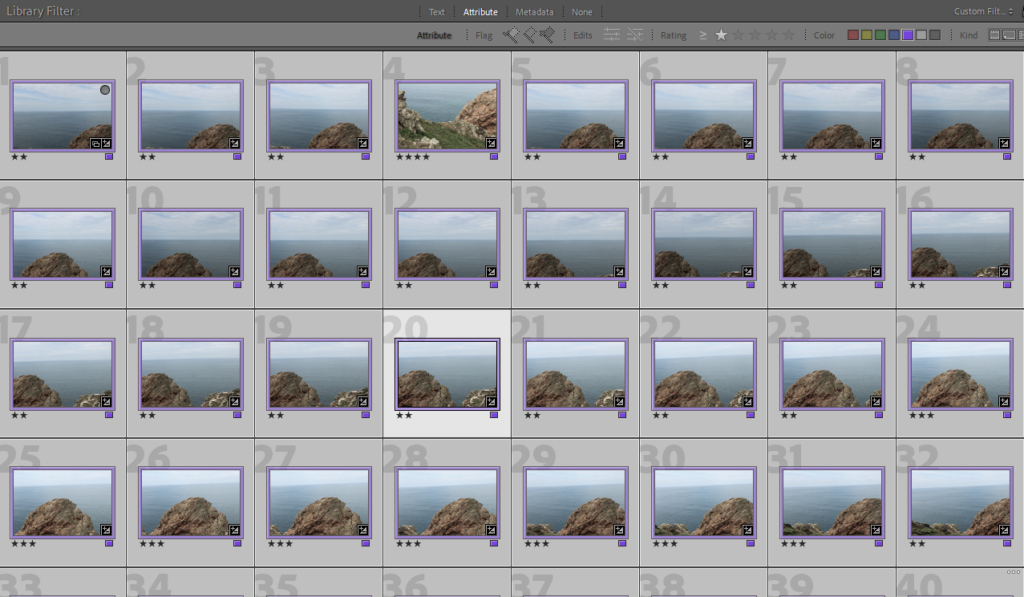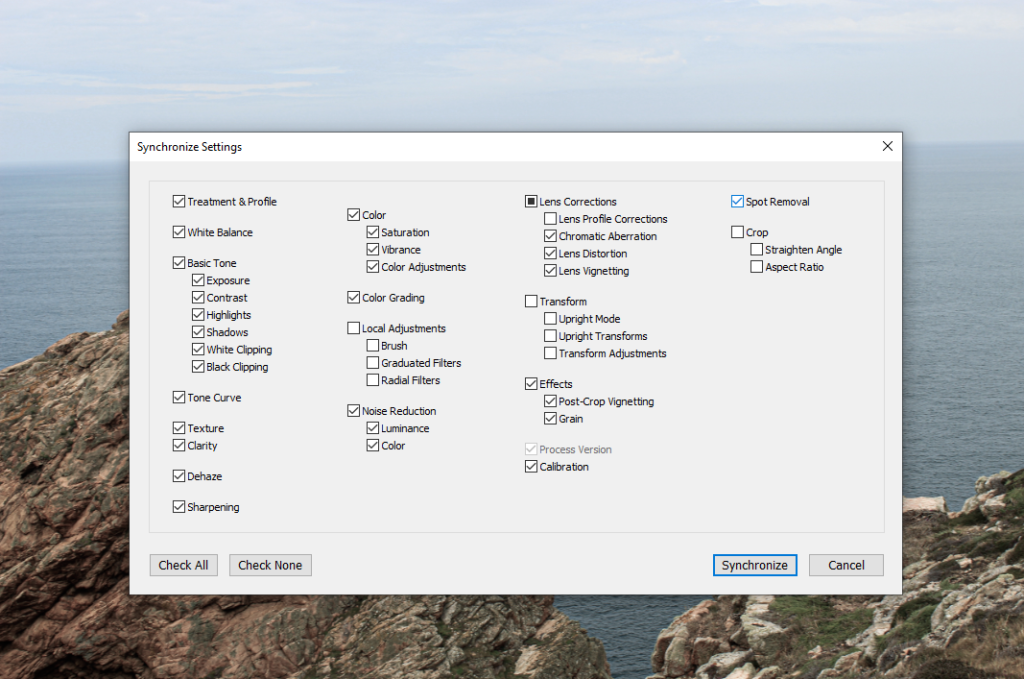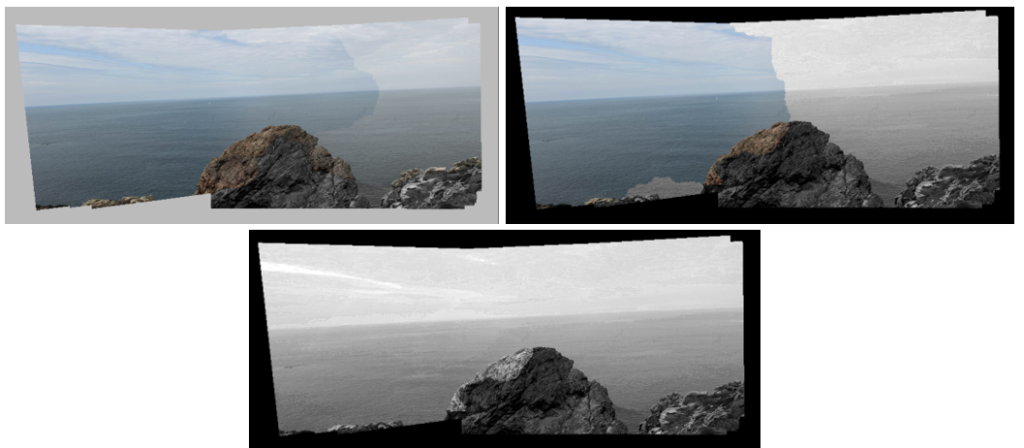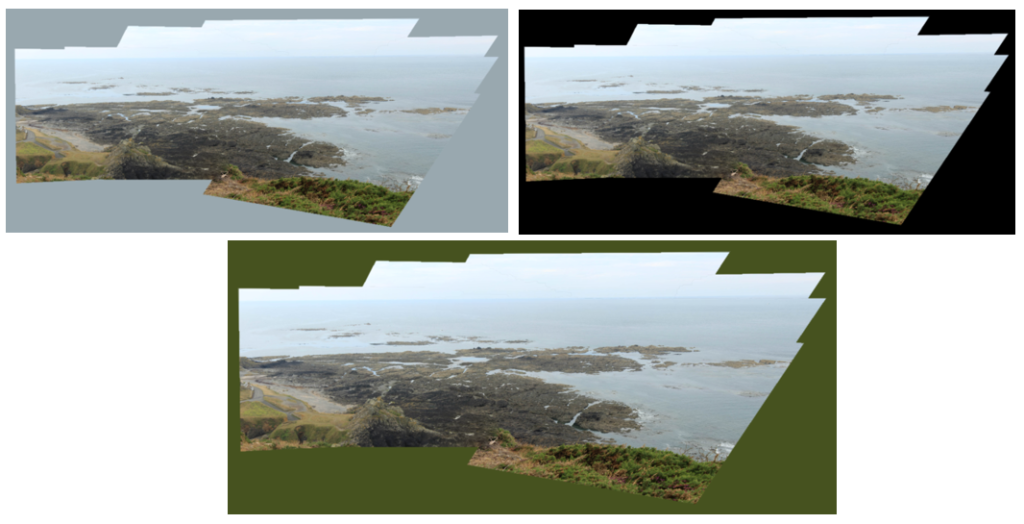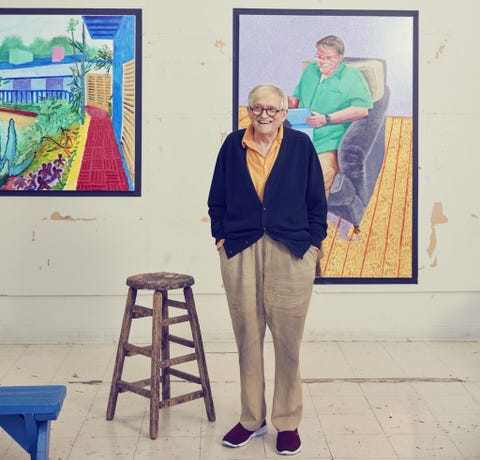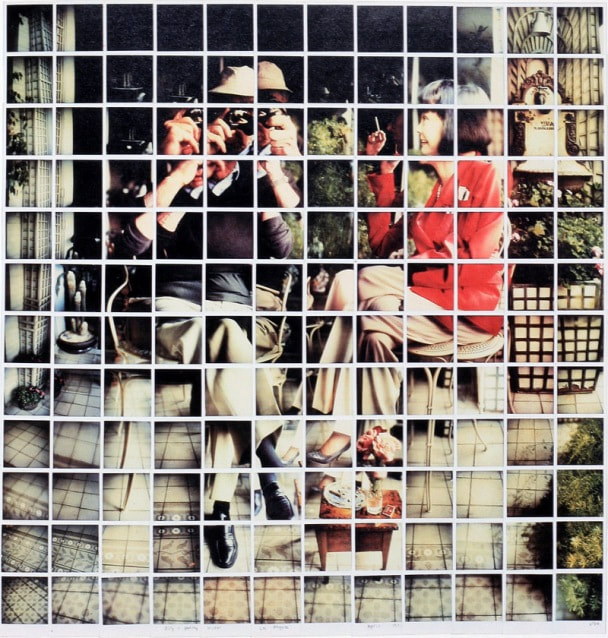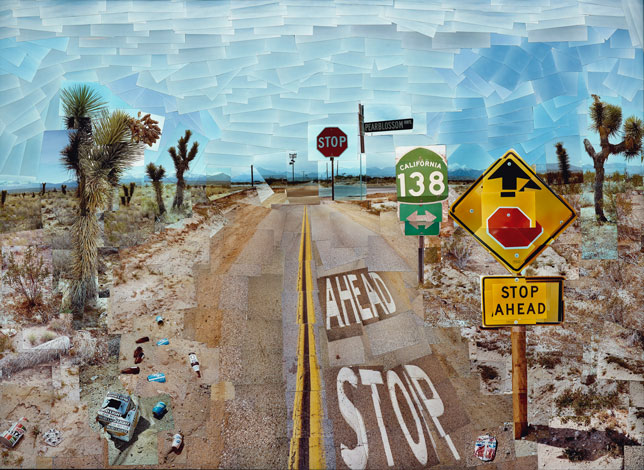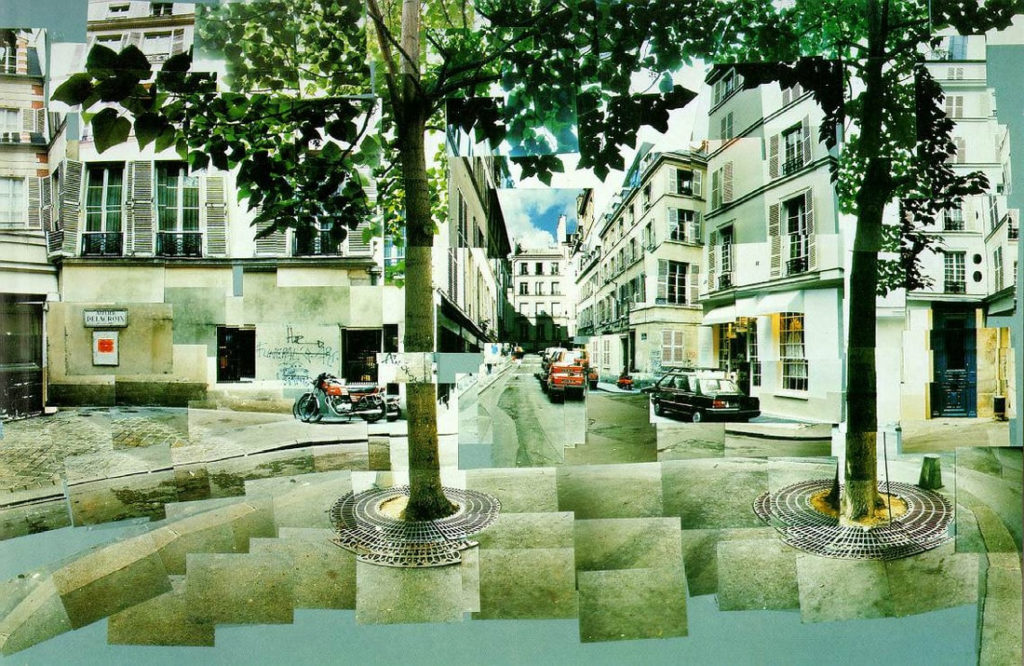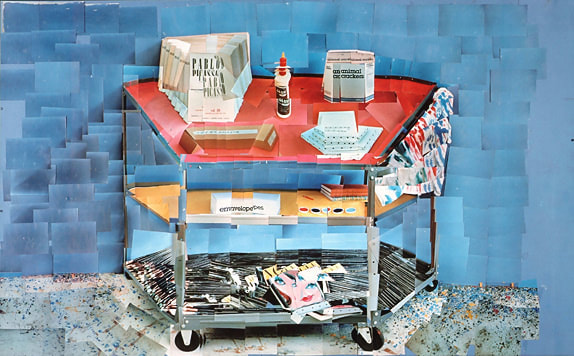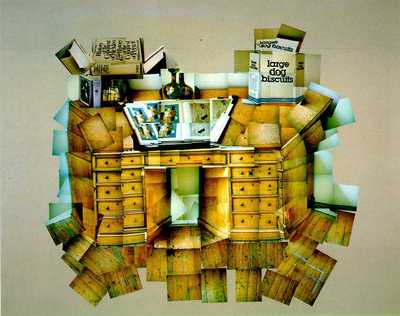
I liked the way I edited this image to proved a deeper range of colours to the image but I decided to experiment with this image in black and white, overall I decided I like the colour image better because the contrast between cold blue sea and the warm yellowy granite.

Another image I edited until I was happy with it but then i decided to experiment with the Midtones to proved a tinted colour to the image. I chose a reddish pink which brings out the rich colour in the dirt holding the conglomerate together. i liked this image a lot but i thought a more natural look was better suited to the image.

I chose image to put in black and white which gave it a dead pan aesthetic with high contrast between the lighter bolder and darker coloured background. I experimented with changing the tonal curves to change the overall colour of the image. i liked the red effect as it looks alien as if it doesn’t belong in our planets natural environment.

I really like this image of a crevasse which I increased the vibrance to bring out the yellow from the lichen on the rocks. I then used the graduate filter tool and decreased the temp to give a warm side and a cold side to the image with a gap in the middle represented by the divide created by coastal erosion. i liked the way this image turned out.

I liked the effect i created on the last image so I tried a similar effect on another image i placed the graduate filter tool in the centre of the life ring then decreased the temp and increase the hue this created a multi colour effect between the life ring and its surroundings which I thought was very interesting.


